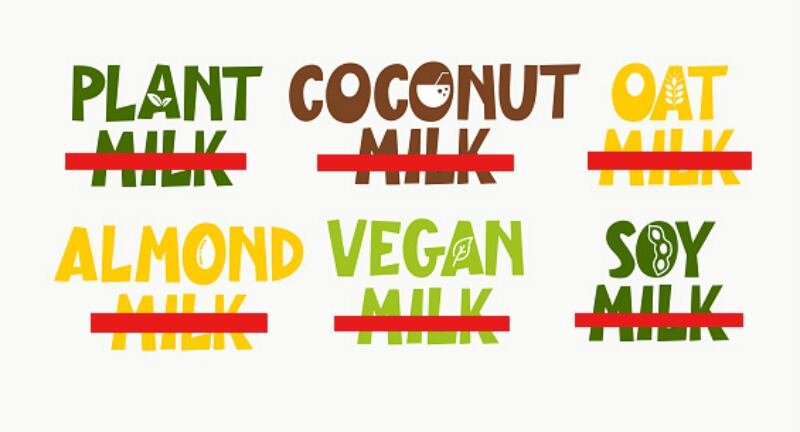The study revealed how Salmonella, Campylobacter and L. monocytogenes have been frequently detected in various food types in the Middle East, yet the risk factors of these pathogens are not well studied and incidence of human infections not well documented.
According to the WHO, the MENA region reported the third-highest estimated burden of foodbourne disease per population and came just after the African and the South-East Asian regions.
In this review funded by United Arab Emirates University, researchers with affiliations in UAE, Egypt and Australia analysed online databases for research papers published within the last 20 years.
The studies came from 22 countries in the MENA region, and focused on the three pathogens, Salmonella, Campylobacter and L. monocytogenes in the food chain. The findings were published in Foods.
No consistency
Researchers acknowledged the differences in pathogen detection rates between the same food categories as well as same origin.
For example, in Egypt, Salmonella rates were detected at 60% and 64% in chicken parts and skin, while in Iraq, occurrence of Salmonella was reported as 16% in imported frozen chicken carcasses.
Even within the same country, in Egypt, Salmonella contamination rate in chicken breasts varied widely between two studies where in one study the samples were from four northern cities, while in the other study, samples were from one city in the south.
Researchers wrote: “(There is) a varying trend in the rates of Salmonella detection in various Arab countries, which might be attributed to the variability in the utilised laboratory methods, as well as variability in food sample types (animal-sourced versus plant-sourced) and their origin (local versus imported).”
This evidence points to a scarcity of understanding of the magnitude of Salmonella in the food chain, and that not much work has been done at the molecular characterisation level to address the source-attribution of Salmonella in Middle East.
Researchers recommend the use of molecular level characterisation tool such as whole-genome sequencing to inform the implementation of better prevention and control strategies across the region.
Need for surveillance data
They also acknowledged the limited data when it came to surveillance efforts.
“In the Middle East, the true incidence of foodborne infections is difficult to determine since there are limited systematic surveillance efforts to detect sporadic cases and outbreaks and to provide isolates that could be used for source-attribution and risk assessment at national and regional levels.”
For Campylobacter, most of the research in Middle East were published on poultry, mainly chicken meat.
“There is a gap in quantitative (counts/numbers) surveillance efforts for Campylobacter in the chicken meat supply across all Arab countries, despite the availability of some qualitative (presence/absence) surveillance data,” researchers wrote.
For Listeria, most reports were on animal-sourced foods, few are published on plant-sourced foods in Middle East.
Furthermore, information on the L. monocytogenes serotypes and strain diversity circulating in the Arab region is widely lacking.
“A coordinated surveillance and monitoring system for foodbourne pathogens should be established to design informed control and prevention strategies against these pathogens at national and regional levels across the Arab countries.
“The epidemiological information regarding risk factors and incidence of human infections associated with foodbourne infection should be established and well documented at the national level,” researchers recommend.
Source: Foods
https://doi.org/10.3390/foods10102369
“Current State of Salmonella, Campylobacter and Listeria in the Food Chain across the Arab Countries: A Descriptive Review”
Authors: Ihab Habib, et al.




